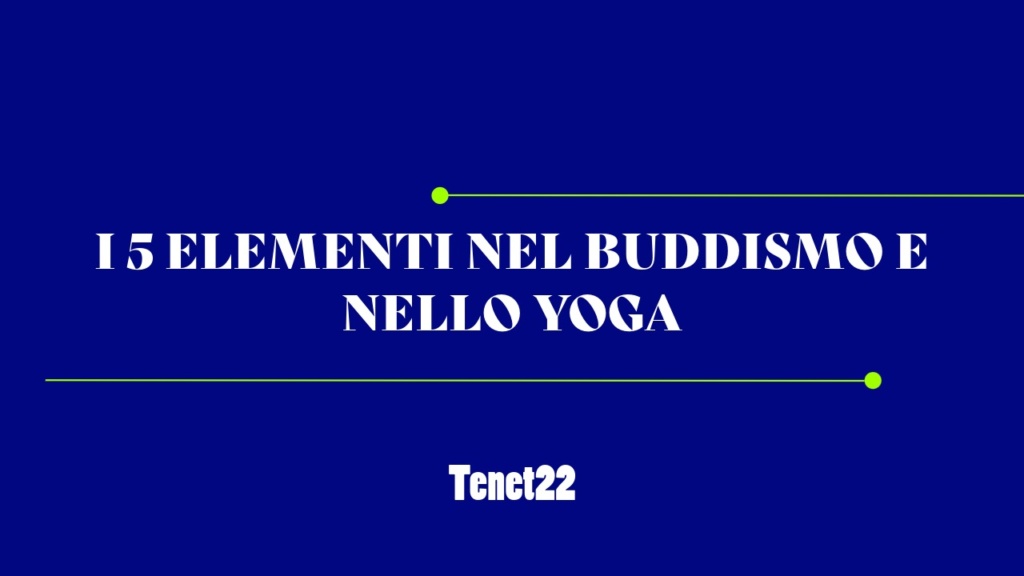In our hyper-rational and materialistic culture, individuals have no doubts in perceiving earth, water, fire, and air as substantial objects. However, their senses are mental operations. When they see, hear, smell, taste, and touch, it is their mind that chooses, among an infinity of possibilities, what to perceive and how to perceive it. In the end, individuals commonly find themselves living in a sort of mental map of reality, and it is in this map that reality appears to them as objective and substantial.
In Buddhism, earth, water, fire, and air are seen as emotional experiences. In particular:
– Earth is the emotion of softness and hardness or heaviness and lightness.
– Water is the experience of moisture and dryness.
– Fire is the emotion of warmth and cooling.
– Air is the experience of movement and stillness.
The sensation of objectivity arises from the fact that humans desire power, control over reality. One cannot control an emotion, but a material object, instead, is measurable, predictable, governable.
We live in a symbolic world, which is an imaginal world, where everything is dream, image, spirit. Matter and spirit are two aspects of the same reality, distinct but not separate.
Confusing the imaginal earth with the objective and substantial earth is the principle underlying violence.
In our hyper-rational and materialistic culture, individuals have no doubts in perceiving earth, water, fire, and air as substantial objects. However, their senses are mental operations. When they see, hear, smell, taste, and touch, it is their mind that chooses, among an infinity of possibilities, what to perceive and how to perceive it. In the end, individuals commonly find themselves living in a sort of mental map of reality, and it is in this map that reality appears to them as objective and substantial.
In the yogic tradition, the elements are associated with chakras and have their yantra, or symbol.
– Earth is the element of the first chakra, and its yantra is the square.
– Water is the element of the second chakra, and its symbol is the crescent moon.
– Fire is the element of the third chakra, and its symbol is the triangle with the vertex pointing downward.
– Air is the element of the fourth chakra, and its yantra is the six-pointed star.
– Ether is the element of the fifth chakra and is represented by the full moon disc.
This suggests that each element corresponds to capacities and forms. The chakras are indeed the “wheels” where vital energy (“kundalini”) manifests in actions.
The first chakra is located in the perineal area, where kundalini is survival instinct, warrior capacity. In the first chakra resides the primitive and warrior spirit.
The second chakra is in the area of the genital organs, where kundalini manifests as sexual energy and emotion. In the second chakra reside the animal spirit (what Jung called the “animal double”) and the spirit of the child; all the emotions we experienced as children have not been lost; they inhabit the area of the second chakra, a soft area of the body that lacks protective bone cages.
The third chakra is in the navel area, where kundalini becomes willpower. The spirit of the magician resides here. Indeed, what is magic if not the art of effecting change in accordance with will?
The fourth chakra is at the center of the chest, at heart level, where kundalini expresses itself as the ability to love, to create, and as the power of knowledge; indeed, in the fourth chakra reside three “psychic characters”: the romantic spirit, which intervenes in the processes of falling in love, the genius, the spirit of creativity, and the inner master, who according to the Vedas resides deep within the heart chakra, is as big as the thumb of a hand and is a laughing child.
The fifth chakra is in the throat, where kundalini expresses itself as the power of communication. It is said that in the fifth chakra resides the spirit of the dragon, representing the power of assertiveness. Being assertive means saying what needs to be said without exploding or holding back, just like the dragon. The power to communicate assertively is likened to the dragon’s ability to spew its fire measuredly, without exploding or holding back, to avoid implosion.






